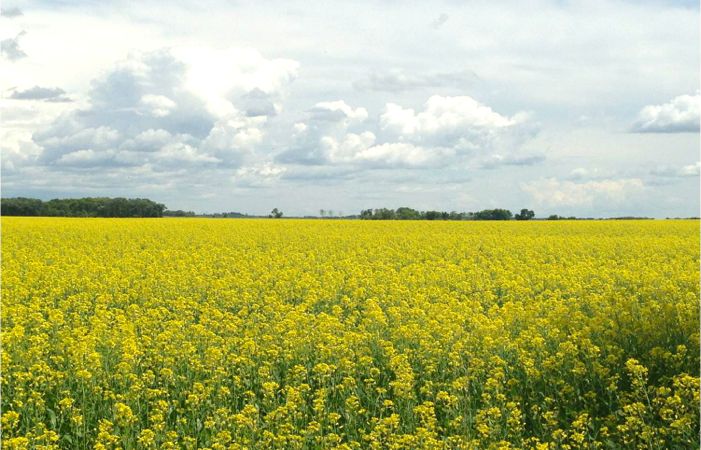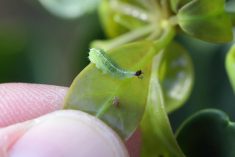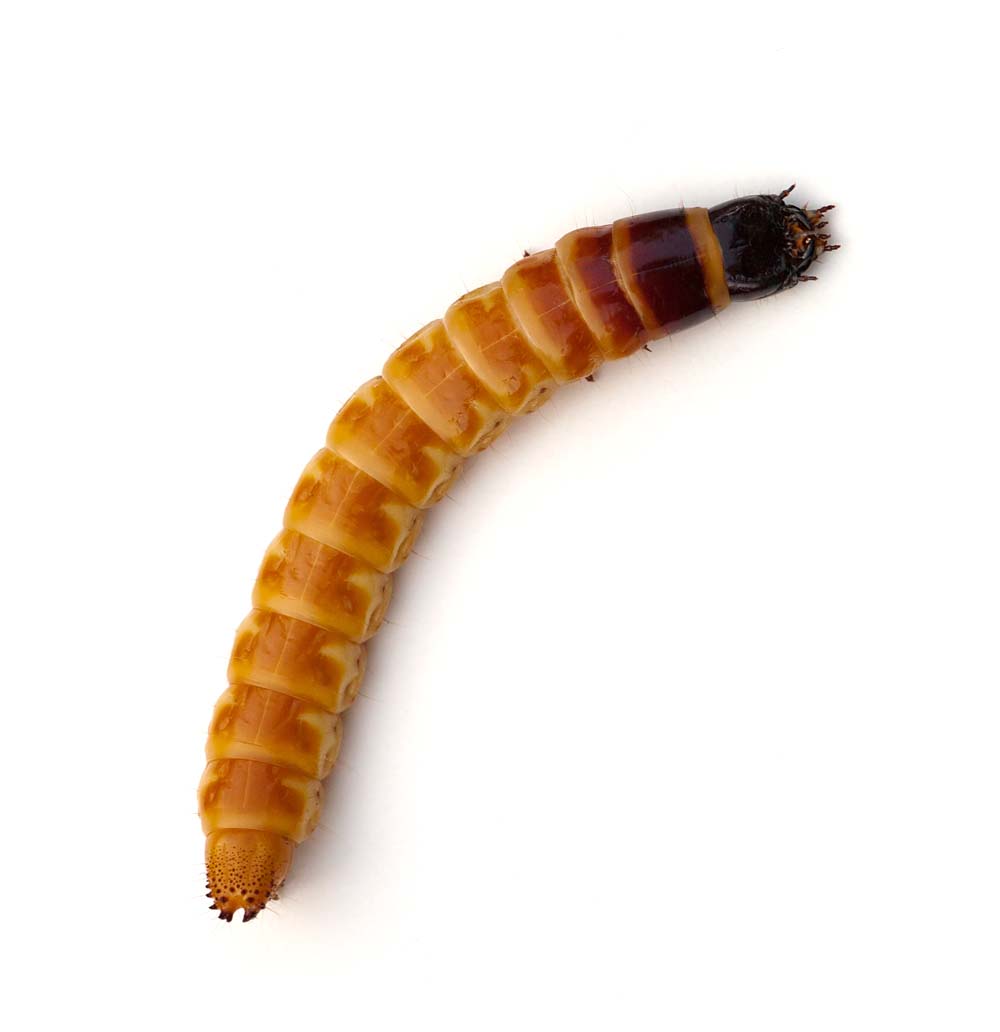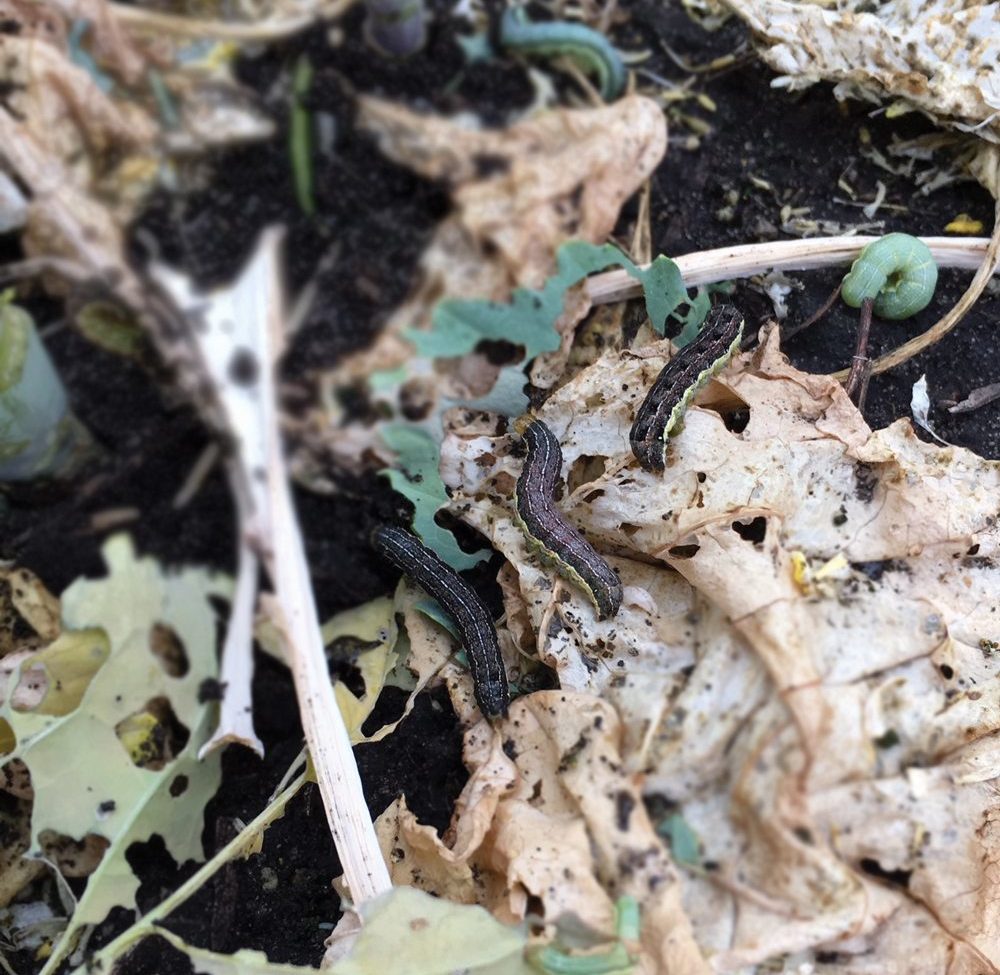Insecticide rotation is common practice for horticultural growers, particularly potato growers, as a management tool in combatting insecticide resistance. But according to John Gavloski, an entomologist for Manitoba Agriculture, Food and Rural Development, based at Carman, Man., insecticide rotation is important for canola and other field crops as well.
“Insecticide rotations are recommended for field crops, particularly in situations where more than one insecticide application, whether it is as a seed treatment or foliar application, is made in a season,” says Gavloski.
Insecticides are arranged in “groups” according to their chemical modes of action. Insecticide Groups used in canola and most other field crops include: Group 1A (carbamates); Group 1B (organophosphates); Group 3A (pyrethroids); Group 4A (neonicotinoids, which in field crops are used mainly as seed treatments); and Group 28 (diamides).
Read Also
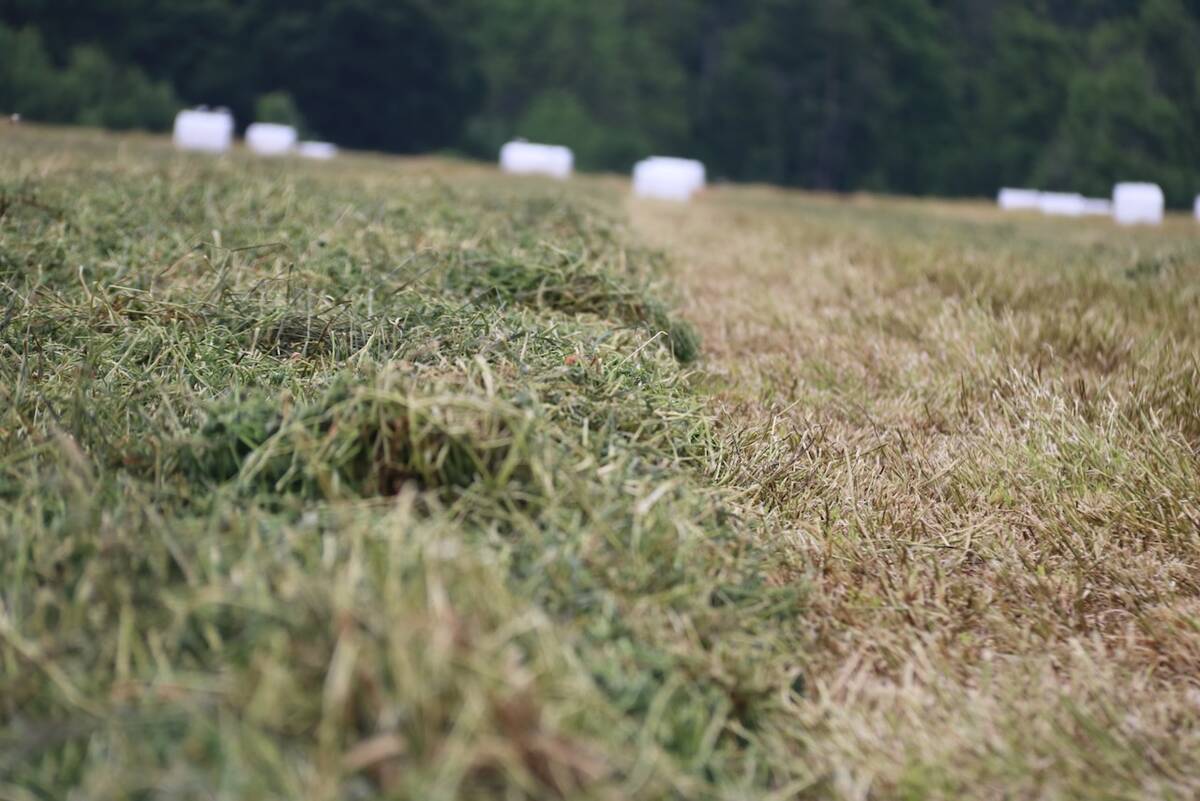
New high-performance forage training program to launch in 2026
A new Canadian Forage and Grasslands Asssociation high-performance forage program will be a resource for farmers, agronomists and others in the forage sector.
“In some field crops there are other groups registered that may get some use, but these are the five main groups that are used, and the only ones registered in canola,” Gavloski explains. The only exception is a new bacterial based insecticide called XenTari in Group 11 that has recently been registered in Canada.
“Currently, all the seed treatments that contain insecticide in canola contain a Group 4A (neonicotinoid) insecticide. The main use for insecticide treated seed in canola is to control flea beetles, which are a chronic pest of canola.”
Gavloski says seed treatments that contain an insecticide group outside of Group 4 are needed, so that rotation options are available.
Insecticide rotation is an important management tool in combatting resistance in insect populations.
According to Gavloski, within a population of insects of the same species, there are occasionally a few very rare individuals with a genetic makeup that keeps them from being killed by an application of a specific insecticide that would kill the rest of the population.
“After application of this insecticide, it would be a very small number of these resistant individuals that survive and reproduce,” he says. Following up with insecticide applications with a different mode of action would kill these resistant individuals. However, repeatedly using the same insecticide, or insecticides within the same grouping, will not kill the resistant individuals.
The result could potentially be that these resistant insects become the dominant portion of the population — a major problem when alternative insecticides are unavailable.
Insecticide application is not as frequent in field crops as in horticultural crops, so overuse of specific chemistries and the development of resistance is less common for field crops such as canola than it is for potatoes. However, it remains a risk whenever growers repeatedly use chemicals with the same mode of action. “When resistance development does happen it is usually someone repeatedly using the same product and expecting that they will continue to get the same results from the product,” he says.
Gavloski offers the example of Lumiderm, which contains a Group 28 insecticide, and is used as a seed treatment in canola. “The label for Lumiderm states, ‘Do not apply any subsequent application of a Group 28 insecticide (for example, in-furrow, soil or foliar application) following DuPont Lumiderm insecticide seed treatment,’” Gavloski says. “So a canola grower should not be using Coragen if we have problems with diamondback moth or bertha armyworm later in the season, if they had included Lumiderm as a seed treatment earlier in the season.”
However, growers should take note that just because a product does not work against a particular pest, this does not necessarily mean that resistance has developed in the targeted insect population. Gavloski cautions that if a chemistry does not work as well as is hoped, the reasons have to be investigated before “resistance” is given as a reason.
“By definition, a genetic change has to have occurred in the population of insects because of continuous exposure to an insecticide group for it to be considered resistance,” Gavloski says.
He names the example of seed treatments in canola that do not work as well against striped flea beetles as they do against crucifer flea beetles. “No genetic change has been shown to occur in the striped flea beetles. The populations of the two species naturally differ enough that there are some differences in the way neonicotinoids affect each species. But this is not due to a genetic change being selected for.”
The Insecticide Resistance Action Committee (IRAC), an international group of more than 150 members of the crop protection industry, offers “a coordinated industry response to prevent or delay the development of resistance in insect and mite pests.”
The IRAC offers resources on insecticide resistance management, including mode of action classification schemes that can help growers plan insecticide rotations. Resources can be found at irac-online.org.


